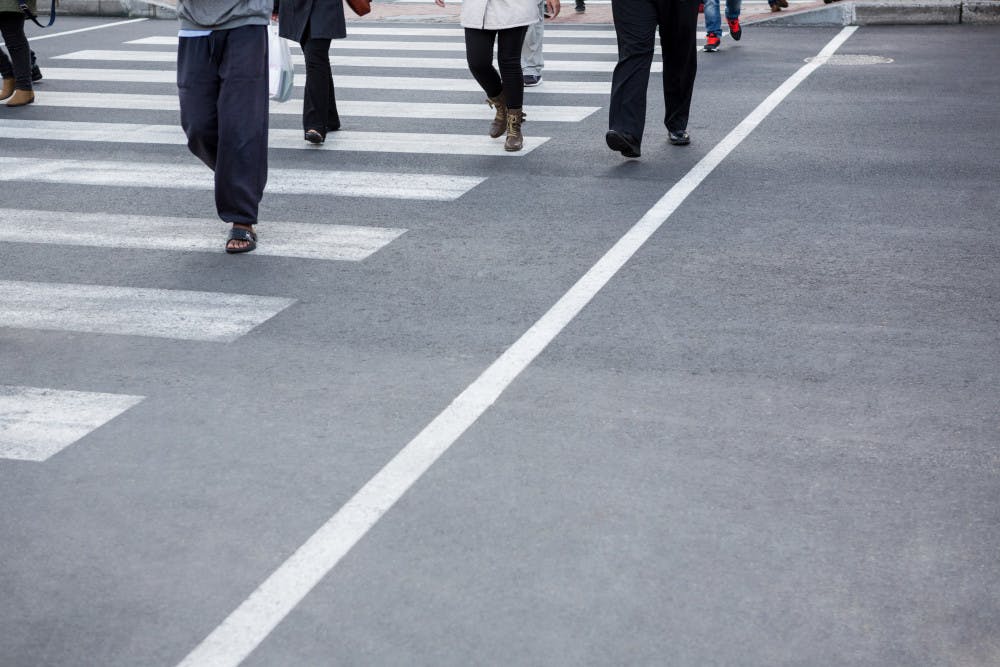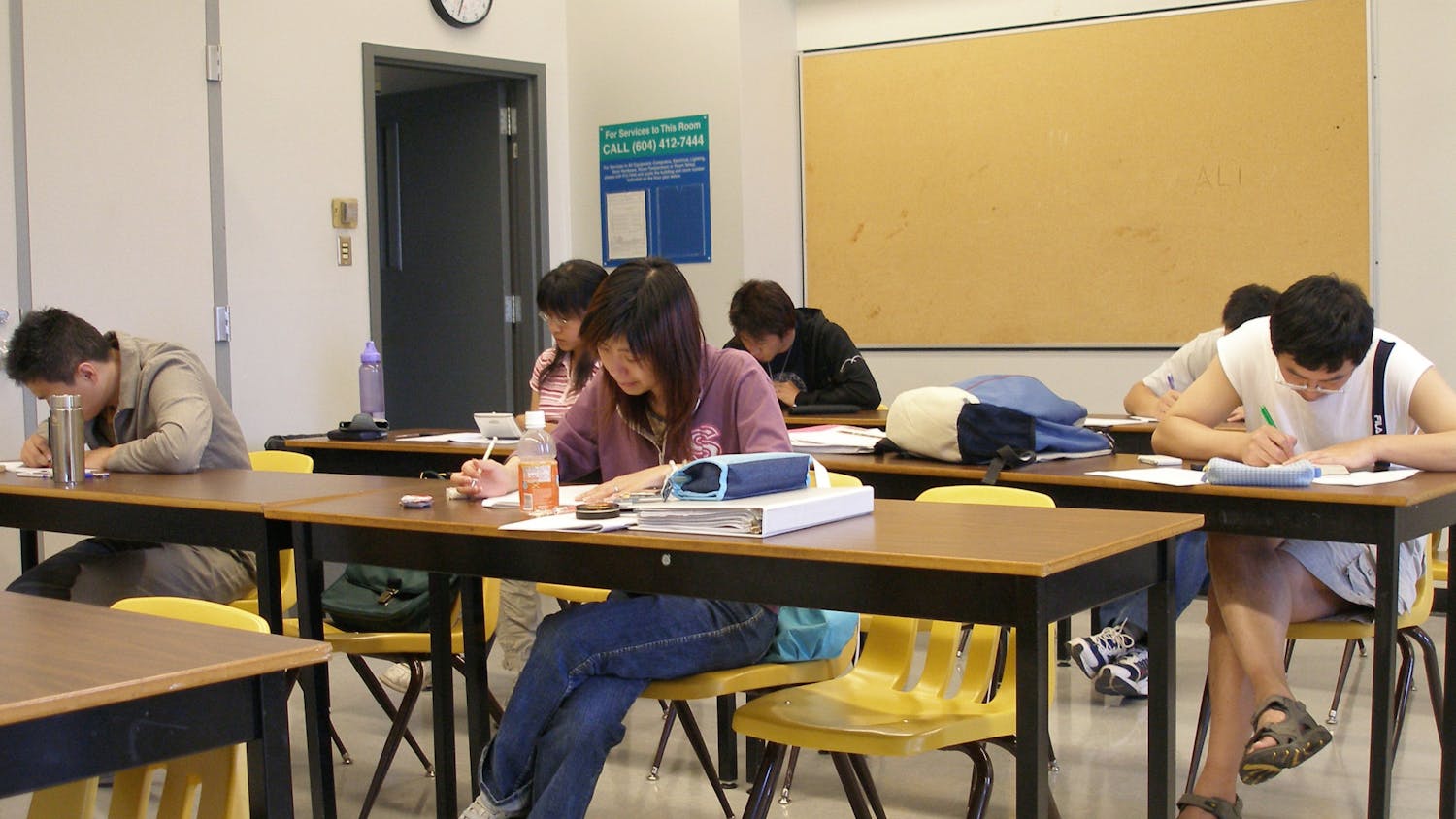By Daniel Stevens
An average of 4,700 pedestrians die and 66,000 are injured every year. This statistic implies a fairly obvious societal and personal cost of human death and suffering, but there is also a significant, although less obvious, environmental cost –– this statistic deters forms of transportation that are lower impact, such as walking, riding a bike, skateboarding or using a scooter.
Of those who commute to campus, 69 percent of students, 38.3 percent of staff, and 28.7 percent of faculty live within a biking distance of 10 miles off campus. Meanwhile, over half of the commuting student body live within a walking distance of two miles, according to PC3, an initiative organized by Bonner Scholars and the College, who conducted an on-campus survey about transportation.
It is completely feasible for many more students, faculty and staff to commute via more sustainable and non-motorized means. One of the biggest obstacles that discourages people from walking or biking to campus is the lack of safe infrastructure.
If there were more bike lanes, sidewalks and crosswalks on the roads leading to campus, this would increase the amount of non-motorized transportation utilized to commute to the College. The decreased use of cars could have major environmental effects, many of which work on a local level. Our air quality is affected by the number of cars on the road. For example, NOx is one of the most damaging substances affecting air quality in New Jersey and comes almost completely from automobiles, according to the New Jersey Department of Environmental Protection.
Cars significantly contribute to traffic congestion, taking up valuable space on our transportation byways, whereas bikes and pedestrians typically take up a fraction of this space. This extends to parking, too. In suburban areas like Ewing, where most people drive, the streets have to be made wider and a lot of space needs to be devoted to making space to accommodate these cars.
At the College, we have 18 separate parking lots, many of which seem quite large. If all of the people who could feasibly commute without a car did so, we could drastically reduce the amount of space needed for parking. This valuable area could be put to better use for more green space.
We are all familiar with the impact that cars have on greenhouse gas emissions and the role that this plays in anthropogenic climate change. While Ewing’s cars have a primary local instead of global environmental impact, they still have negative consequences. If the town was able to reduce its reliance on cars, it could would be part of a larger impact on the global environment.
Commuting on foot or by bike can be a great quick exercise that many people can fit into their busy days. On average, bikers lose 13 pounds in the first year they begin commuting, according to the Pedestrian and Bicycle Information Center. They also save money when they stop paying for expensive parking passes.
I am part of a group called TCNJ Walks, part of a social action class working to make this possibility a reality. This semester we are attempting to get a few crosswalks put up at points where many people jay walk on their way to class, as well as get the school to finish the loop. The positive effects of enabling more people to commute to the College without cars would be major.
Students share opinions around campus
"Is the campus safe for pedestrians?"

“Driving around campus happens very frequently. I think that’s definitely the biggest hazard.”

“I think so. As a pedestrian, you should always be careful on your own.”










